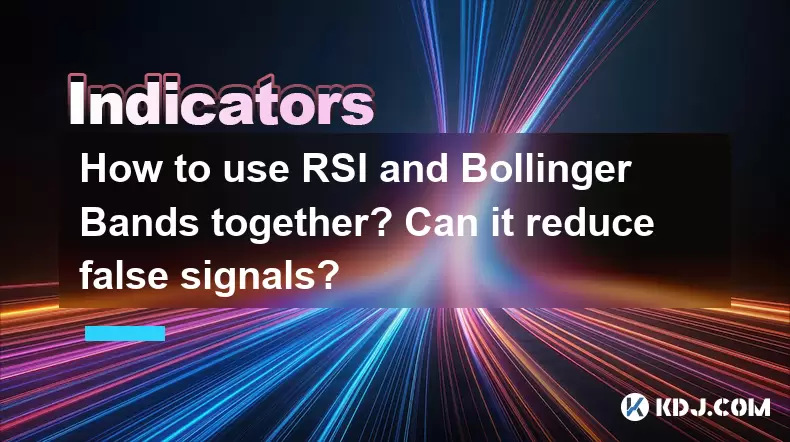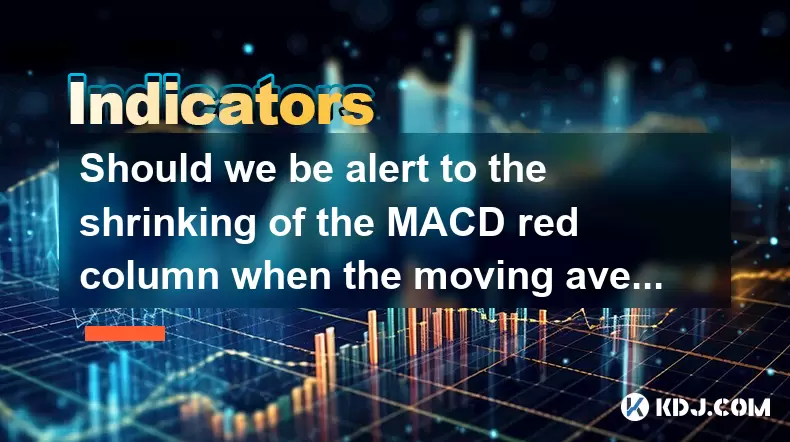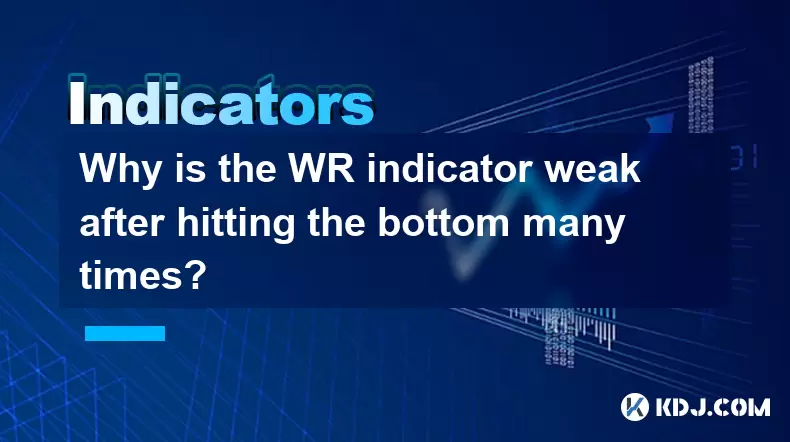-
 Bitcoin
Bitcoin $101,898.5005
-0.75% -
 Ethereum
Ethereum $2,258.1125
-1.07% -
 Tether USDt
Tether USDt $1.0004
0.01% -
 XRP
XRP $2.0178
-2.93% -
 BNB
BNB $624.0243
-1.53% -
 Solana
Solana $134.3298
-0.90% -
 USDC
USDC $0.9999
0.01% -
 TRON
TRON $0.2675
-2.05% -
 Dogecoin
Dogecoin $0.1538
-1.96% -
 Cardano
Cardano $0.5482
-1.11% -
 Hyperliquid
Hyperliquid $35.5636
5.45% -
 Bitcoin Cash
Bitcoin Cash $453.4902
-1.66% -
 Sui
Sui $2.5134
-2.97% -
 UNUS SED LEO
UNUS SED LEO $9.1292
1.77% -
 Chainlink
Chainlink $11.8457
-1.60% -
 Stellar
Stellar $0.2312
-2.73% -
 Avalanche
Avalanche $16.9721
0.29% -
 Toncoin
Toncoin $2.7549
-3.82% -
 Shiba Inu
Shiba Inu $0.0...01081
-1.10% -
 Litecoin
Litecoin $80.8250
-0.71% -
 Hedera
Hedera $0.1374
0.21% -
 Monero
Monero $305.4827
-2.36% -
 Ethena USDe
Ethena USDe $1.0006
0.00% -
 Dai
Dai $1.0000
-0.01% -
 Polkadot
Polkadot $3.2085
-3.12% -
 Bitget Token
Bitget Token $4.0845
-3.13% -
 Uniswap
Uniswap $6.3353
-1.63% -
 Pi
Pi $0.5085
-0.70% -
 Pepe
Pepe $0.0...08913
-3.82% -
 Aave
Aave $232.7090
-0.58%
How to use RSI and Bollinger Bands together? Can it reduce false signals?
Using RSI and Bollinger Bands together can enhance trading by reducing false signals through confirmation and filtering divergence on crypto charts.
May 23, 2025 at 09:56 am

How to Use RSI and Bollinger Bands Together? Can It Reduce False Signals?
Technical analysis is a crucial tool for cryptocurrency traders looking to make informed decisions. Among the various indicators available, the Relative Strength Index (RSI) and Bollinger Bands are widely used for their ability to provide insights into market conditions. When used together, these indicators can potentially enhance trading strategies by reducing false signals. This article will guide you through the process of using RSI and Bollinger Bands in tandem and discuss whether this combination can indeed minimize false signals.
Understanding RSI and Bollinger Bands
Before delving into how to use these indicators together, it's essential to understand what each one does individually.
The Relative Strength Index (RSI) is a momentum oscillator that measures the speed and change of price movements. It ranges from 0 to 100 and is typically used to identify overbought or oversold conditions in the market. A common setting for RSI is 14 periods, where readings above 70 suggest an overbought condition and readings below 30 indicate an oversold condition.
Bollinger Bands consist of a middle band being a simple moving average (SMA) and two outer bands that are standard deviations away from the SMA. The standard setting for Bollinger Bands is a 20-period SMA with the outer bands set at two standard deviations from the SMA. Bollinger Bands help traders identify volatility and potential price breakouts. When the price touches the upper band, it might be considered overbought, and when it touches the lower band, it might be considered oversold.
Combining RSI and Bollinger Bands
To use RSI and Bollinger Bands together effectively, you need to set them up on your trading chart and understand how they interact. Here's how you can do it:
- Open your trading platform and select the cryptocurrency pair you want to analyze.
- Add the RSI indicator to your chart. Ensure it is set to the default 14 periods.
- Add the Bollinger Bands to your chart. Ensure they are set to the default 20-period SMA with two standard deviations.
Once both indicators are on your chart, you can start analyzing the signals they provide in conjunction.
Identifying Trading Signals with RSI and Bollinger Bands
The combination of RSI and Bollinger Bands can provide more robust trading signals than using either indicator alone. Here are some key signals to look for:
Overbought and Oversold Conditions: When the RSI is above 70 and the price is touching or near the upper Bollinger Band, it may indicate a strong overbought condition. Conversely, when the RSI is below 30 and the price is touching or near the lower Bollinger Band, it may indicate a strong oversold condition. These conditions can suggest potential reversal points.
Divergence: If the price makes a new high but the RSI fails to make a new high, this is known as bearish divergence. Conversely, if the price makes a new low but the RSI fails to make a new low, this is known as bullish divergence. When these divergences occur while the price is near the Bollinger Bands, they can be powerful signals for potential reversals.
Bollinger Band Squeezes: When the Bollinger Bands come closer together, it indicates low volatility and a potential upcoming breakout. If this occurs with an RSI reading that is not extreme (between 30 and 70), it can be a signal to prepare for a potential significant move in either direction.
Reducing False Signals
One of the main challenges in trading is dealing with false signals, which can lead to losses. Using RSI and Bollinger Bands together can help mitigate this issue in several ways:
Confirmation: By requiring both indicators to signal the same condition, you can increase the confidence in the trade. For example, waiting for both an RSI overbought reading and the price to touch the upper Bollinger Band can reduce the likelihood of entering a trade based on a false signal.
Avoiding Extreme Conditions: Sometimes, an asset can remain overbought or oversold for extended periods. By using both indicators, you can avoid entering trades during these extreme conditions. For instance, if the RSI is above 70 but the price is far from the upper Bollinger Band, it might be prudent to wait for further confirmation before acting.
Filtering Divergence: Divergence can be a powerful signal, but it can also lead to false signals. By ensuring that divergence occurs with the price near the Bollinger Bands, you can filter out less reliable signals and focus on those with higher probability.
Practical Example of Using RSI and Bollinger Bands Together
Let's walk through a practical example to illustrate how to use these indicators in a real trading scenario:
- Scenario: You are analyzing the price of Bitcoin (BTC) on a daily chart.
- Observation: The RSI is at 75, indicating an overbought condition. The price is also touching the upper Bollinger Band.
- Analysis: This combination suggests a strong overbought condition. You might consider this a potential sell signal.
- Confirmation: Before entering the trade, you wait for the price to break below the middle Bollinger Band. This additional confirmation can help reduce the risk of a false signal.
- Trade Execution: Once the price breaks below the middle Bollinger Band, you execute a sell order, expecting a potential downward move.
Fine-Tuning Your Strategy
While the default settings for RSI and Bollinger Bands are widely used, you may find that adjusting these settings can better suit your trading style and the specific cryptocurrency you are analyzing. Here are some tips for fine-tuning your strategy:
- Adjust RSI Periods: You might experiment with shorter periods (e.g., 9 or 10) for more sensitive readings or longer periods (e.g., 21 or 25) for less frequent signals.
- Adjust Bollinger Bands Settings: You could try different moving average periods (e.g., 10 or 50) and different standard deviations (e.g., 1 or 3) to see how they affect the signals.
- Backtesting: Use historical data to test different combinations of settings and see which ones perform best for your strategy.
FAQs
1. Can RSI and Bollinger Bands be used for all cryptocurrencies?
Yes, RSI and Bollinger Bands can be applied to any cryptocurrency. However, the effectiveness of these indicators may vary depending on the specific market conditions and volatility of the asset.
2. How often should I check the RSI and Bollinger Bands on my charts?
The frequency of checking these indicators depends on your trading style. Day traders might check them multiple times a day, while swing traders might check them daily or weekly. It's important to align your indicator checks with your trading timeframe.
3. Are there any other indicators that complement RSI and Bollinger Bands well?
Yes, other indicators like the Moving Average Convergence Divergence (MACD) and the Stochastic Oscillator can complement RSI and Bollinger Bands. These additional indicators can provide further confirmation and enhance your trading strategy.
4. Can RSI and Bollinger Bands be used for long-term investing?
While RSI and Bollinger Bands are typically used for shorter-term trading, they can also be applied to longer-term charts (e.g., weekly or monthly). However, long-term investors might prefer fundamental analysis alongside technical indicators for a more comprehensive approach.
Disclaimer:info@kdj.com
The information provided is not trading advice. kdj.com does not assume any responsibility for any investments made based on the information provided in this article. Cryptocurrencies are highly volatile and it is highly recommended that you invest with caution after thorough research!
If you believe that the content used on this website infringes your copyright, please contact us immediately (info@kdj.com) and we will delete it promptly.
- DOGE Recovery Amid US-Iran Tensions: A Market Rollercoaster
- 2025-06-23 20:45:13
- Fiserv, PayPal, and Stablecoins: A New Era of Interoperability?
- 2025-06-23 20:45:13
- Shytoshi Kusama, SHIB Dev, and Alpha Layer: Decoding the Latest Developments
- 2025-06-23 20:25:12
- BTC, ETH, and Institutional Buying: Smart Money Piling In?
- 2025-06-23 20:25:12
- Sonic Boom or Market Gloom? Navigating Volatility with Sonic, SPX6900, and Crypto
- 2025-06-23 20:55:12
- Shakespeare Coin for Sale: Rare Find or Fool's Gold?
- 2025-06-23 20:55:12
Related knowledge

What is the significance of the gap formed by the gap opening not being filled within five days?
Jun 23,2025 at 09:42pm
Understanding Gaps in Cryptocurrency TradingIn the world of cryptocurrency trading, a gap refers to a situation where the price of an asset jumps from one level to another without any trading activity occurring between those two levels. This often happens over weekends or holidays when the market is closed, and significant news or events occur that impa...

Does the second golden cross of MACD above the zero axis represent the continuation of strength?
Jun 23,2025 at 08:21pm
Understanding the MACD IndicatorThe Moving Average Convergence Divergence (MACD) is a widely used technical analysis tool in cryptocurrency trading. It consists of three main components: the MACD line, the signal line, and the histogram. The MACD line is calculated by subtracting the 26-period Exponential Moving Average (EMA) from the 12-period EMA. The...

Is it effective when the DIF line suddenly crosses the zero axis when the volume is shrinking and the market is trading sideways?
Jun 23,2025 at 07:29pm
Understanding the DIF Line in Technical AnalysisThe DIF line, or the Difference Line, is a critical component of the MACD (Moving Average Convergence Divergence) indicator, widely used in technical analysis across cryptocurrency and traditional financial markets. It represents the difference between the 12-period EMA (Exponential Moving Average) and the...

Should we be alert to the shrinking of the MACD red column when the moving average is arranged in a bullish pattern?
Jun 23,2025 at 08:14pm
Understanding the MACD Red Column and Its SignificanceThe Moving Average Convergence Divergence (MACD) is a widely used technical indicator in cryptocurrency trading. It consists of three main components: the MACD line, the signal line, and the MACD histogram (the red column). The red column represents the difference between the MACD line and the signal...

Why is the WR indicator weak after hitting the bottom many times?
Jun 23,2025 at 07:56pm
Understanding the WR Indicator in Cryptocurrency TradingThe Williams %R (WR) indicator is a momentum oscillator used by traders to identify overbought and oversold levels in the market. It ranges from 0 to -100, with readings above -20 considered overbought and below -80 considered oversold. In the context of cryptocurrency trading, where volatility is ...

Is the shrinking cross star after the historical high a signal of topping?
Jun 23,2025 at 05:56pm
Understanding the Shrinking Cross Star PatternIn technical analysis, candlestick patterns are essential tools for traders to predict potential price movements. One such pattern is the shrinking cross star, which appears as a small-bodied candle with long upper and lower shadows, indicating indecision in the market. When this pattern forms after an asset...

What is the significance of the gap formed by the gap opening not being filled within five days?
Jun 23,2025 at 09:42pm
Understanding Gaps in Cryptocurrency TradingIn the world of cryptocurrency trading, a gap refers to a situation where the price of an asset jumps from one level to another without any trading activity occurring between those two levels. This often happens over weekends or holidays when the market is closed, and significant news or events occur that impa...

Does the second golden cross of MACD above the zero axis represent the continuation of strength?
Jun 23,2025 at 08:21pm
Understanding the MACD IndicatorThe Moving Average Convergence Divergence (MACD) is a widely used technical analysis tool in cryptocurrency trading. It consists of three main components: the MACD line, the signal line, and the histogram. The MACD line is calculated by subtracting the 26-period Exponential Moving Average (EMA) from the 12-period EMA. The...

Is it effective when the DIF line suddenly crosses the zero axis when the volume is shrinking and the market is trading sideways?
Jun 23,2025 at 07:29pm
Understanding the DIF Line in Technical AnalysisThe DIF line, or the Difference Line, is a critical component of the MACD (Moving Average Convergence Divergence) indicator, widely used in technical analysis across cryptocurrency and traditional financial markets. It represents the difference between the 12-period EMA (Exponential Moving Average) and the...

Should we be alert to the shrinking of the MACD red column when the moving average is arranged in a bullish pattern?
Jun 23,2025 at 08:14pm
Understanding the MACD Red Column and Its SignificanceThe Moving Average Convergence Divergence (MACD) is a widely used technical indicator in cryptocurrency trading. It consists of three main components: the MACD line, the signal line, and the MACD histogram (the red column). The red column represents the difference between the MACD line and the signal...

Why is the WR indicator weak after hitting the bottom many times?
Jun 23,2025 at 07:56pm
Understanding the WR Indicator in Cryptocurrency TradingThe Williams %R (WR) indicator is a momentum oscillator used by traders to identify overbought and oversold levels in the market. It ranges from 0 to -100, with readings above -20 considered overbought and below -80 considered oversold. In the context of cryptocurrency trading, where volatility is ...

Is the shrinking cross star after the historical high a signal of topping?
Jun 23,2025 at 05:56pm
Understanding the Shrinking Cross Star PatternIn technical analysis, candlestick patterns are essential tools for traders to predict potential price movements. One such pattern is the shrinking cross star, which appears as a small-bodied candle with long upper and lower shadows, indicating indecision in the market. When this pattern forms after an asset...
See all articles
























































































